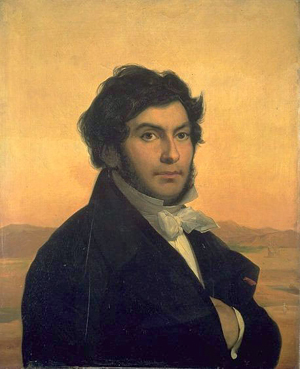1 European exploration of Egypt
From a European viewpoint, knowledge of Egypt is strikingly recent. Educated Europeans have been steeped in a notion of the ‘classical’, of the cultures of ancient Rome and Greece, since the very idea of a modern culture emerged in the early Renaissance. But an understanding of Egypt, as opposed to a cluster of myths and fantasies, does not really begin to emerge until the early nineteenth century, when the long-dead script was finally deciphered, and Egypt was visited by increasing numbers of European travellers.
One of the most important developments was the appearance, following the Napoleonic invasion of 1798–9, of the massive French publication Description de l’Egypte, initially in ten volumes accompanied by 900 engraved illustrations, between 1809 and 1828. These brought a comprehensive and accurate visual survey of Egyptian temples, tombs and their sculpted and painted decorations before the European public for the first time.
A second key development was the Egyptian hieroglyphic script being deciphered by the French scholar and linguist Jean-Francois Champollion (Figure 3). This translation was, of course, a long process rather than a single event, but Champollion’s first lecture about his breakthrough, which had happened on 14 September, was given to the French Academy on 27 September 1822.

